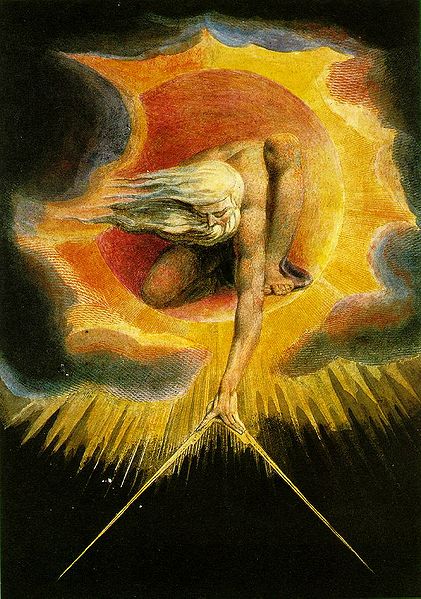“The Role of Abathur (the Third Life) in the Mandaean Story of Creation.”
Abathur [from Hebrew 'ab father] In the Nazarene or Bardesanian system, the father of the Demiurgus or architect of the visible universe.
In the Codex Nazaraeus, written in a Chaldeo-Syrian dialect mixed with the mystery language of the Gnostics, Abathur opens a gate, walks to the dark water (chaos), and looks down into it. The darkness reflects his image, and a son is formed who becomes the Logos or Demiurge, Ptahil or Fetahil. After Ptahil finishes his work he reascends to his father.
Abathur, a mystery-figure, is sometimes called the Third Life, equivalent to the Third Logos because first of the third triad of "lives" in the Nazarene system, which correspond to the three Logoi. He is analogous to the Ancient of Days of the Qabbalah, the Hindu Narayana, and the Christian Holy Spirit, while his ideal counterpart is Abathur Rama (lofty Abathur).
As weigher of souls after death, Abathur is equated with Thoth, lord of the scales in the Egyptian Book of the Dead.
He weighs the souls of the departed and/or their deeds and determines accordingly if they are to be send to heaven or to the underworld.
Therefore Abatur exists in two different personae, Abatur Rama (the "lofty" or celestial Abatur), and his "lower" counterpart, Abatur of the Scales, who weighs the souls of the dead to determine their fate.
Abatur, called Yawar and The Ancient Days, is the third of four emanations from the supreme deity. He is described as being the last son of the Second Life, or Yoshamin, the most important figure in Mandaean religion.
Among the ancient peoples of southern Iraq and southwest Iran, Abathur therefore personifies the 'third life'.
The Mandaeans (or Christians of St. John) revere Adam, Abel, Seth, Enosh, Noah, Shem, Aram, and especially S. John theBaptist. The Mandaeans are the only members of the religious community of Gnostic origin still exists. Traces of their existence are found in documents dating from the third century. Their language is a dialect of Aramaic, similar to the Babylonian Talmud. There is also a form of modern Mandaeans, which is spoken only by the Provincial Khusistan Mandaeans in Iran.

The Ancient of Days (1794)
Watercolor etching byWilliam Blake






Comments